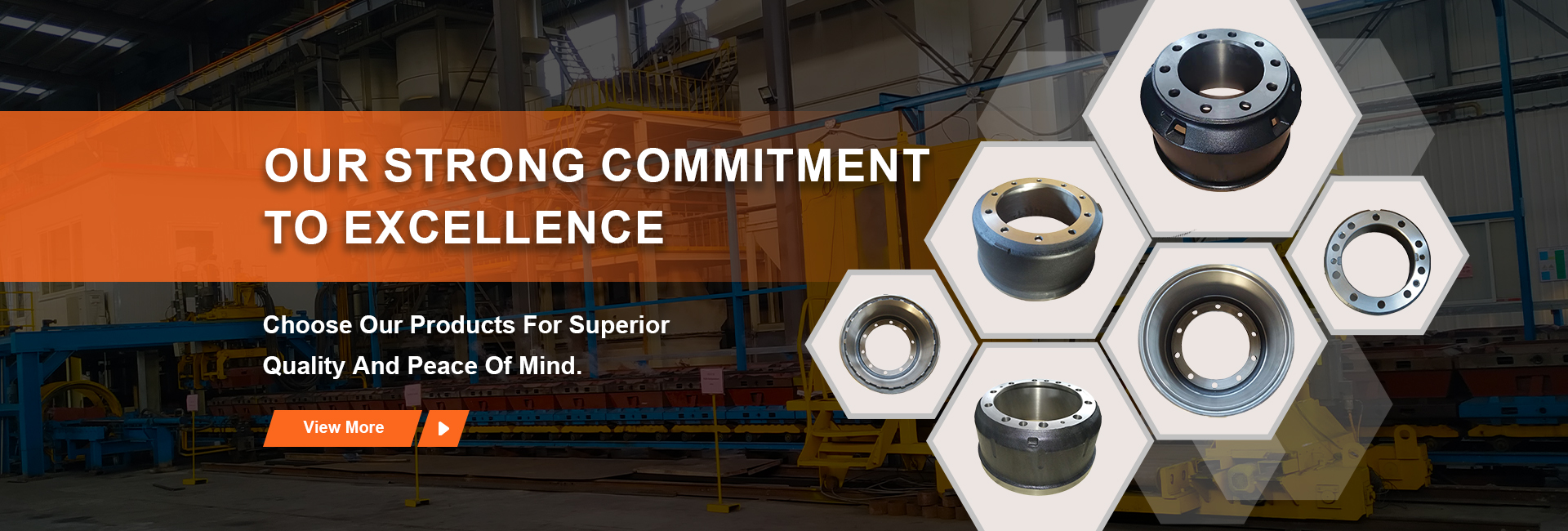
-
 Afrikaans
Afrikaans -
 Albanian
Albanian -
 Amharic
Amharic -
 Arabic
Arabic -
 Armenian
Armenian -
 Azerbaijani
Azerbaijani -
 Basque
Basque -
 Belarusian
Belarusian -
 Bengali
Bengali -
 Bosnian
Bosnian -
 Bulgarian
Bulgarian -
 Catalan
Catalan -
 Cebuano
Cebuano -
 Corsican
Corsican -
 Croatian
Croatian -
 Czech
Czech -
 Danish
Danish -
 Dutch
Dutch -
 English
English -
 Esperanto
Esperanto -
 Estonian
Estonian -
 Finnish
Finnish -
 French
French -
 Frisian
Frisian -
 Galician
Galician -
 Georgian
Georgian -
 German
German -
 Greek
Greek -
 Gujarati
Gujarati -
 Haitian Creole
Haitian Creole -
 hausa
hausa -
 hawaiian
hawaiian -
 Hebrew
Hebrew -
 Hindi
Hindi -
 Miao
Miao -
 Hungarian
Hungarian -
 Icelandic
Icelandic -
 igbo
igbo -
 Indonesian
Indonesian -
 irish
irish -
 Italian
Italian -
 Japanese
Japanese -
 Javanese
Javanese -
 Kannada
Kannada -
 kazakh
kazakh -
 Khmer
Khmer -
 Rwandese
Rwandese -
 Korean
Korean -
 Kurdish
Kurdish -
 Kyrgyz
Kyrgyz -
 Lao
Lao -
 Latin
Latin -
 Latvian
Latvian -
 Lithuanian
Lithuanian -
 Luxembourgish
Luxembourgish -
 Macedonian
Macedonian -
 Malgashi
Malgashi -
 Malay
Malay -
 Malayalam
Malayalam -
 Maltese
Maltese -
 Maori
Maori -
 Marathi
Marathi -
 Mongolian
Mongolian -
 Myanmar
Myanmar -
 Nepali
Nepali -
 Norwegian
Norwegian -
 Norwegian
Norwegian -
 Occitan
Occitan -
 Pashto
Pashto -
 Persian
Persian -
 Polish
Polish -
 Portuguese
Portuguese -
 Punjabi
Punjabi -
 Romanian
Romanian -
 Russian
Russian -
 Samoan
Samoan -
 Scottish Gaelic
Scottish Gaelic -
 Serbian
Serbian -
 Sesotho
Sesotho -
 Shona
Shona -
 Sindhi
Sindhi -
 Sinhala
Sinhala -
 Slovak
Slovak -
 Slovenian
Slovenian -
 Somali
Somali -
 Spanish
Spanish -
 Sundanese
Sundanese -
 Swahili
Swahili -
 Swedish
Swedish -
 Tagalog
Tagalog -
 Tajik
Tajik -
 Tamil
Tamil -
 Tatar
Tatar -
 Telugu
Telugu -
 Thai
Thai -
 Turkish
Turkish -
 Turkmen
Turkmen -
 Ukrainian
Ukrainian -
 Urdu
Urdu -
 Uighur
Uighur -
 Uzbek
Uzbek -
 Vietnamese
Vietnamese -
 Welsh
Welsh -
 Bantu
Bantu -
 Yiddish
Yiddish -
 Yoruba
Yoruba -
 Zulu
Zulu
Understanding the Role of Disc Brake Master Cylinder in Drum Brake Systems
The Evolution of Disc Brake Master Cylinder Technology Implications for Drum Brakes
In recent years, the automotive industry has seen significant advancements in braking technology, particularly with the implementation of disc brakes. However, drum brakes remain prevalent in many vehicles due to their simplicity and cost-effectiveness. A key component of both systems is the master cylinder, responsible for converting the driver’s input from the brake pedal into hydraulic pressure that activates the braking system. Understanding how the integration of disc brake master cylinder technology applies to drum brakes reveals both opportunities and challenges within modern vehicle design and safety.
Historically, drum brakes have been favored for their compact design, lower manufacturing costs, and effective performance in various driving conditions. They function through a system of brake shoes situated inside a cylindrical drum that rotates with the wheel. When the brake pedal is engaged, hydraulic pressure generated by the master cylinder forces the brake shoes against the inner surface of the drum, creating friction to slow down or stop the vehicle.
The Evolution of Disc Brake Master Cylinder Technology Implications for Drum Brakes
One significant aspect of the disc brake master cylinder technology is the way it distributes hydraulic pressure. Disc brakes generally require a different hydraulic pressure ratio compared to drum brakes, as they operate more efficiently and require less force to engage. Therefore, when designing a vehicle with a mixed braking system—featuring both disc and drum brakes—the master cylinder must be calibrated carefully to ensure that all brakes respond properly while maintaining equal stopping power.
disc brake master cylinder on drum brakes

Moreover, advancements in master cylinder design, such as the development of electronic braking systems (EBS), have improved the ability to control brake force application more precisely. EBS can adjust the hydraulic pressure sent to the brakes based on real-time data, which can significantly enhance stopping power and stability. When applied to drum brakes, EBS allows for progressive brake engagement, significantly improving safety during emergency stops or adverse driving conditions.
The transition from traditional drum brake systems to those integrating disc brake technology is not without its challenges. One major concern is the added complexity and cost of retrofitting existing vehicles. Many drivers already prefer the lower price point and reliability of drum brakes, especially in budget vehicles. Additionally, servicing these new systems could prove more complicated and require specialized knowledge, which could deter mechanics and workshops that are accustomed to conventional systems.
Nevertheless, the benefits of integration are compelling. Vehicles equipped with such advanced braking systems can achieve shorter stopping distances, improved driver feedback, and enhanced safety features that can reduce the likelihood of accidents. Furthermore, manufacturers are likely to continue investing in research and development to refine these technologies, making it increasingly vital for both consumers and professionals in the automotive industry to stay informed about these developments.
In conclusion, the evolution of the disc brake master cylinder and its implications for drum brakes signify a pivotal moment in automobile safety and performance. As the industry navigates the balance between innovation and practicality, the synergy between these braking technologies may define the future of automotive design. While changes may not occur overnight, the enhancements offered through advanced brake system integration will undoubtedly pave the way for safer and more efficient vehicles in the years to come.
-
What Are Drum BrakesNewsJul.07,2025
-
Understanding Brake Drum MaterialNewsJul.07,2025
-
Semi-Trailer Brake Drum: A Key Component for Extreme Loads and Long-Distance TransportNewsJul.07,2025
-
Drum Brake Pads for SaleNewsJul.07,2025
-
Brake Drums for SaleNewsJul.07,2025
-
Brake Drum ManufacturerNewsJul.07,2025
-
Aluminum Brake Drums: The Future of High-Performance CarsNewsJul.07,2025
